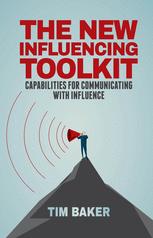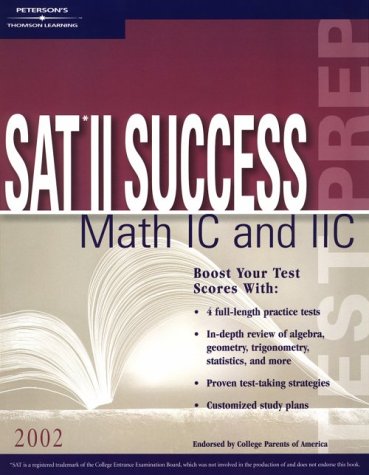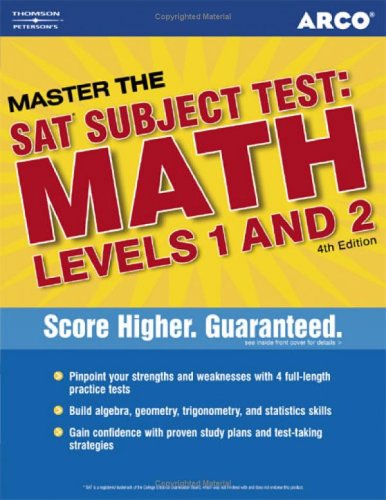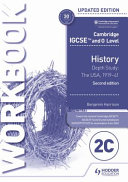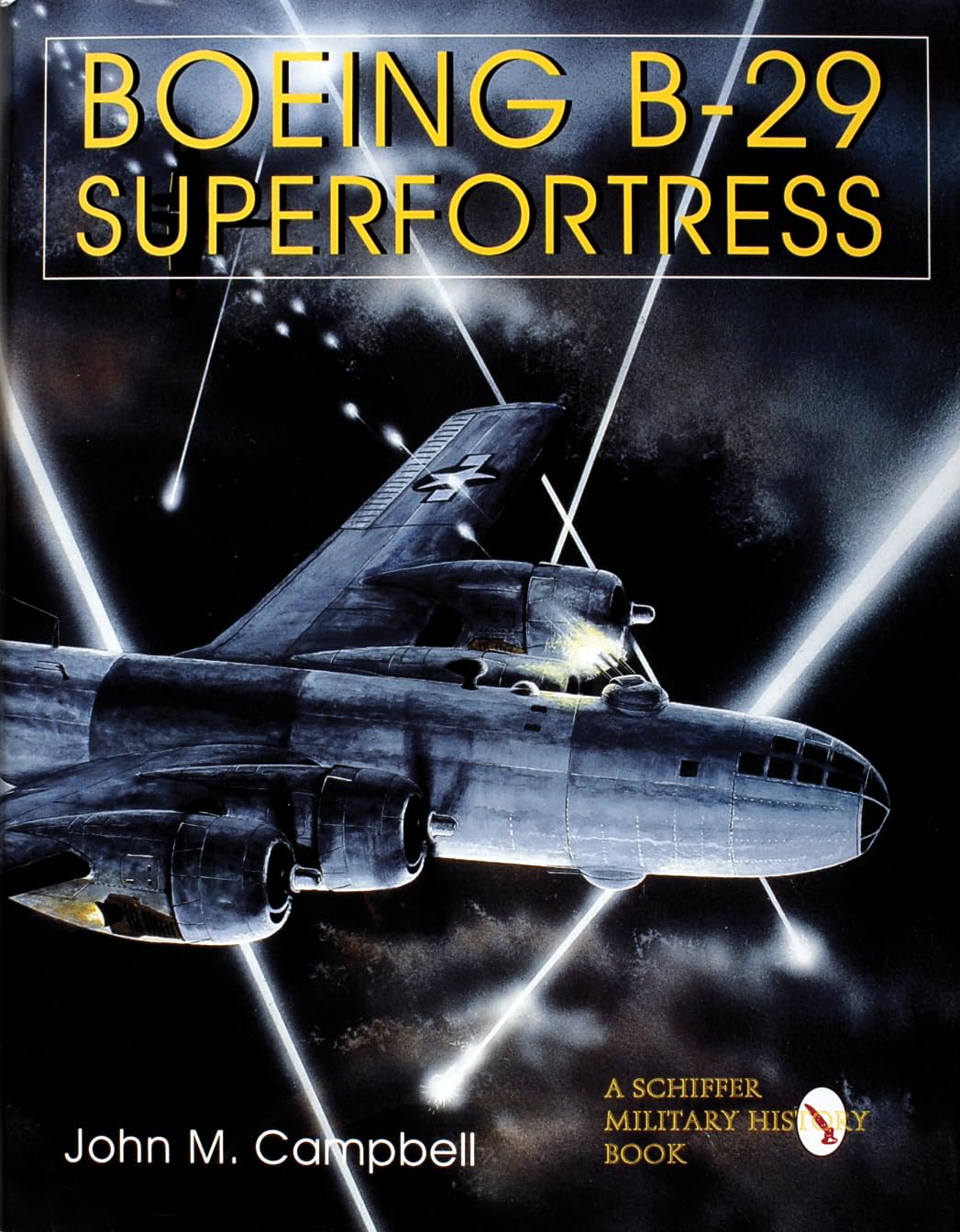Part I Understanding and Developing Power
1 The Power of Position
Legitimate power
Coercive power
Reward power
2 Personal Power
Connection power
Expertise power
Information power
Referent power
Adopting a multidimensional approach
3 Five Tools to Enhance Organizational Status
Tool 1 – Centralizing your role
Tool 2 – Increasing your flexibility
Tool 3 – Repositioning your role
Tool 4 – Promoting your successes
Tool 5 – Linking your relevance to organizational success
4 Nine Tools to Build Personal Power
Tool 6 – Who you know and what they know
Tool 7 – Develop your knowledge and expertise
Tool 8 – Building trust and rapport
Tool 9 – Be logical and rational
Tool 10 – Build alliances
Tool 11 – Build rapport
Tool 12 – Be a valued asset
Tool 13 – Assertively persuade
Tool 14 – Be upwardly appealing
Part II The Framework
5 Influencing Capabilities Framework
Influencing styles
Influencing approaches
Influencing capabilities framework
6 The Four Influencing Strategies
Investigation strategy (push-logical)
Calculation strategy (pull-logical)
Motivation strategy (push-emotional)
Collaboration strategy (pull-emotional)
7 Influencing Capabilities Profile
Instructions
Diagnostic
Profile
8 Interpreting Your Profile
Influencing variables
Your influencing style
Your influencing approach
Your influencing strategy
Part III Leaders of Influence
9 The Inquisitive Investigator
Al Gore: an inquisitive investigator
Occupations that rely on investigation
Situations that require investigation
Situations that do not require investigation
10 The Clear Calculator
Margaret Thatcher: a clear calculator
Occupations that rely on calculation
Situations that require calculation
Situations that do not require calculation
11 The Mindful Motivator
Martin Luther King: a mindful motivator
Occupations that rely on motivation
Situations that require motivation
Situations that do not require motivation
12 The Collegial Collaborator
Mother Teresa: a collegial collaborator
Occupations that rely on collaboration
Situations that require collaboration
Situations that do not require collaboration
Part IV Influencing Capabilities and More Tools
13 Investigation: Gathering Evidence
Tool 15 – Using third party endorsement
Tool 16 – Structured interviewing
Tool 17 – Conduct a survey
Tool 18 – Process mapping
14 Investigation: Generating Ideas
Tool 19 – Starting from the general and moving to the specific
Tool 20 – Moving from the specific to the general
Tool 21 – Linking ideas to the person being influenced
15 Investigation: Asserting Ideas
Tool 22 – Persuasive formal presentations
Tool 23 – Writing coherent reports
Tool 24 – Productive conversations
16 Investigation: Countering Arguments
Tool 25 – Anticipating objections
Tool 26 – Playing devil’s advocate
Tool 27 – Testing others’ arguments and assumptions
17 Calculation: Weighing Options
Tool 28 – Force-field analysis
Tool 29 – Cost–benefit analysis
18 Calculation: Communicating Standards
Tool 30 – Modeling behavior
Tool 31 – Setting targets
Tool 32 – Reviewing targets
19 Calculation: Providing Feedback
Tool 33 – Formative and summative feedback
Tool 34 – After Action Review
20 Calculation: Offering Concessions
Tool 35 – Assessing the needs of others
Tool 36 – Accommodating the needs of others
Tool 37 – Learning to compromise
21 Motivation: Communicating Vision
Tool 38 – Visioning questions
Tool 39 – Team Values Charter
Tool 40 – Six Thinking Hats program
22 Motivation: Generating Enthusiasm
Tool 41 – Two-factor theory
Tool 42 – The use of storytelling
Tool 43 – G.R.O.W. coaching model
23 Motivation: Connecting Emotionally
Tool 44 – Grant-a-wish
Tool 45 – Pay-a-compliment
24 Motivation: Building Morale
Tool 46 – Strengths-based leadership
Tool 47 – Good news stories
Tool 48 – Scenario planning
25 Collaboration: Sharing Ownership
Tool 49 – Theory X and Theory Y
Tool 50 – 360-degree feedback
26 Collaboration: Communicating Openly
Tool 51 – Begin with end in mind
Tool 52 – Offer the employee a chance to reflect first
Tool 53 – Give effective feedback
Tool 54 – Be objective
Tool 55 – Use a problem-solving approach
Tool 56 – Consider all the factors
27 Collaboration: Listening Actively
Tool 57 – Perceptual positions
Tool 58 – Attentive listening
Tool 59 – Paraphrasing
Tool 60 – Identifying feelings
28 Collaboration: Building Trust
Tool 61 – Barriers to collaboration
Tool 62 – Team trust audit

